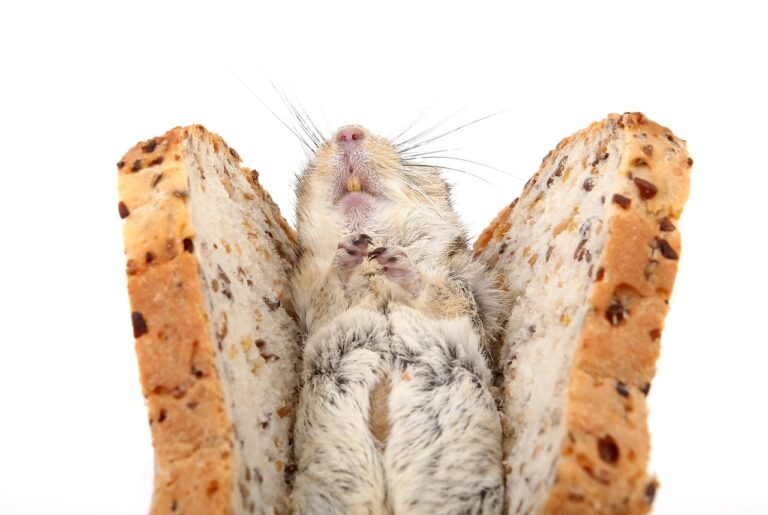A Beginner’s Guide to Sourdough Bread Making
To craft the perfect loaf of sourdough bread, it all starts with the essential ingredients. Flour is the backbone, providing structure and texture to the bread. Opt for high-quality, unbleached all-purpose or bread flour for the best results. Water is equally crucial, as it hydrates the flour and activates the natural yeasts present in the sourdough starter. It’s recommended to use filtered or spring water to avoid any unwanted chemicals that could inhibit the fermentation process. Finally, salt not only enhances the flavor but also regulates the fermentation by controlling the activity of the yeasts. Be sure to use fine sea salt or kosher salt for optimal seasoning.
Understanding the Sourdough Starter
To fully grasp the essence of a sourdough starter, one must comprehend its foundational role in bread-making. This living culture of wild yeast and bacteria is the heart of sourdough bread, providing both leavening properties and unique flavors. The starter’s development involves the fermentation of flour and water, creating a bubbly and active mixture that acts as a natural leavening agent when combined with more flour and water to make bread dough.
The complex ecosystem within a sourdough starter plays a crucial role in the final taste and texture of the bread it helps produce. Each starter is unique, bearing a distinct flavor profile influenced by the specific strains of wild yeast and bacteria present in it. Understanding the symbiotic relationship between these microorganisms and the flour in the starter is key to harnessing the full potential of sourdough baking, resulting in bread with depth of flavor and a satisfying chewy texture.
Creating Your Sourdough Starter
To create your sourdough starter, you will need to mix equal parts of flour and water in a clean container. The flour provides the food source for the wild yeast present in the environment, while the water helps create the right consistency for fermentation. Make sure to use room temperature water to kickstart the fermentation process.
Cover the container with a clean cloth or loosely fitted lid to allow airflow. Let the mixture sit at room temperature for 24 hours. During this time, the wild yeast from the flour and environment will start to colonize the mixture, initiating the fermentation process. Be patient, as it may take a few days for your sourdough starter to become active and bubbly, indicating that the wild yeast has successfully established itself.
• Mix equal parts of flour and water in a clean container
• Use room temperature water to kickstart fermentation process
• Cover the container with a clean cloth or loosely fitted lid for airflow
• Let mixture sit at room temperature for 24 hours
• Be patient as it may take a few days for starter to become active and bubbly
What ingredients do I need to make a sourdough starter?
To create a sourdough starter, you will need flour, water, and time. These simple ingredients will help cultivate the natural wild yeast needed for your sourdough bread.
How long does it take to create a sourdough starter?
It typically takes around 5-7 days to create a sourdough starter. During this time, you will need to feed your starter daily to help it develop and grow.
Do I need any special equipment to make a sourdough starter?
No, you do not need any special equipment to make a sourdough starter. A simple glass jar or container, flour, water, and a kitchen towel or cloth to cover the jar will be sufficient.
Can I use any type of flour to create a sourdough starter?
While all-purpose flour is commonly used to create a sourdough starter, you can also use whole wheat flour or rye flour. Different types of flour may yield slightly different flavors in your sourdough bread.
How do I know when my sourdough starter is ready to use?
Your sourdough starter is ready to use when it has doubled in size, has a sour smell, and is bubbly and active. This usually occurs after around 5-7 days of feeding and cultivating your starter.







